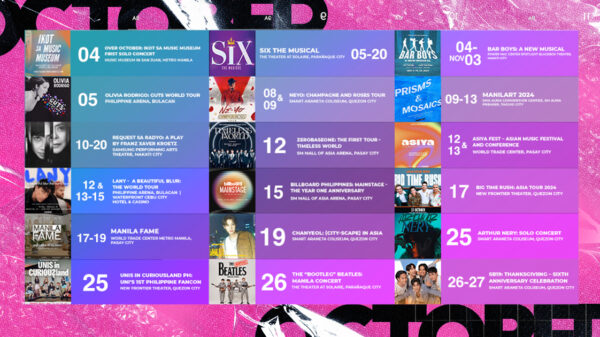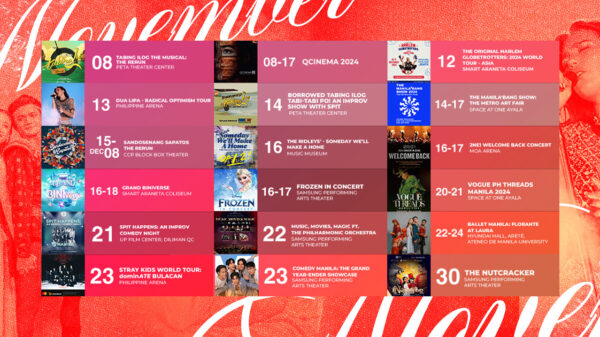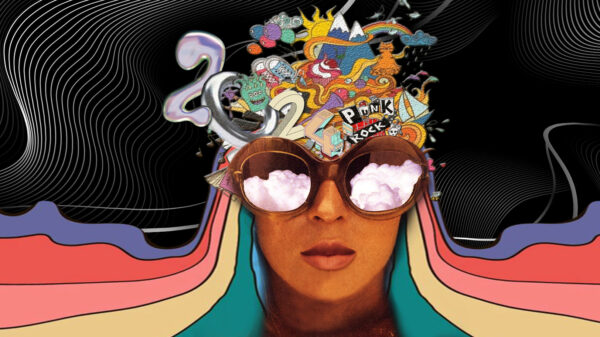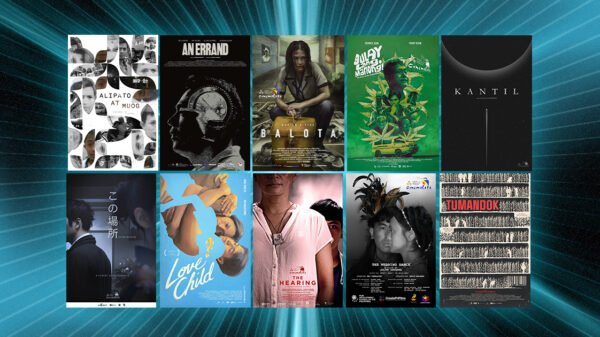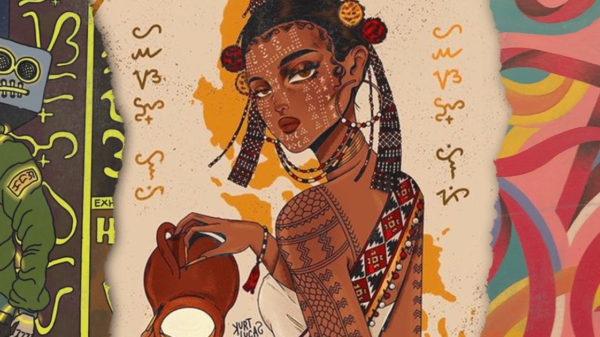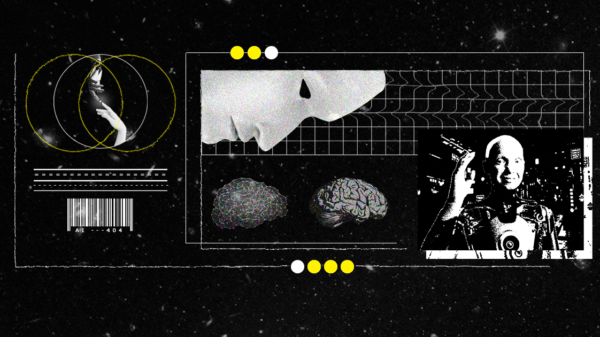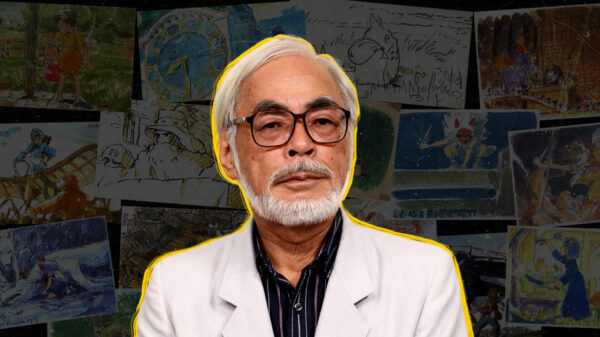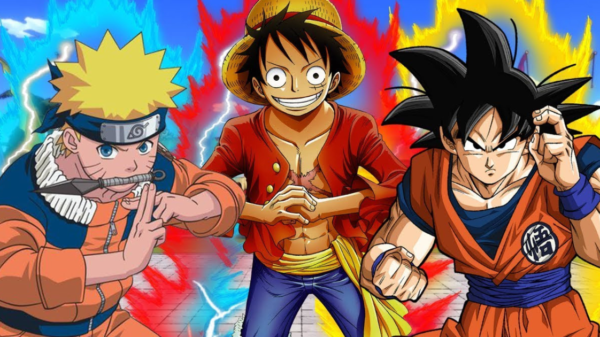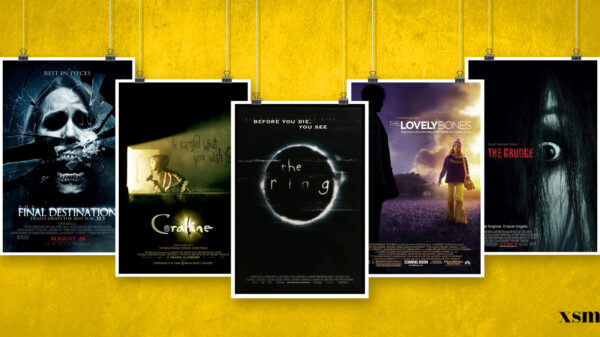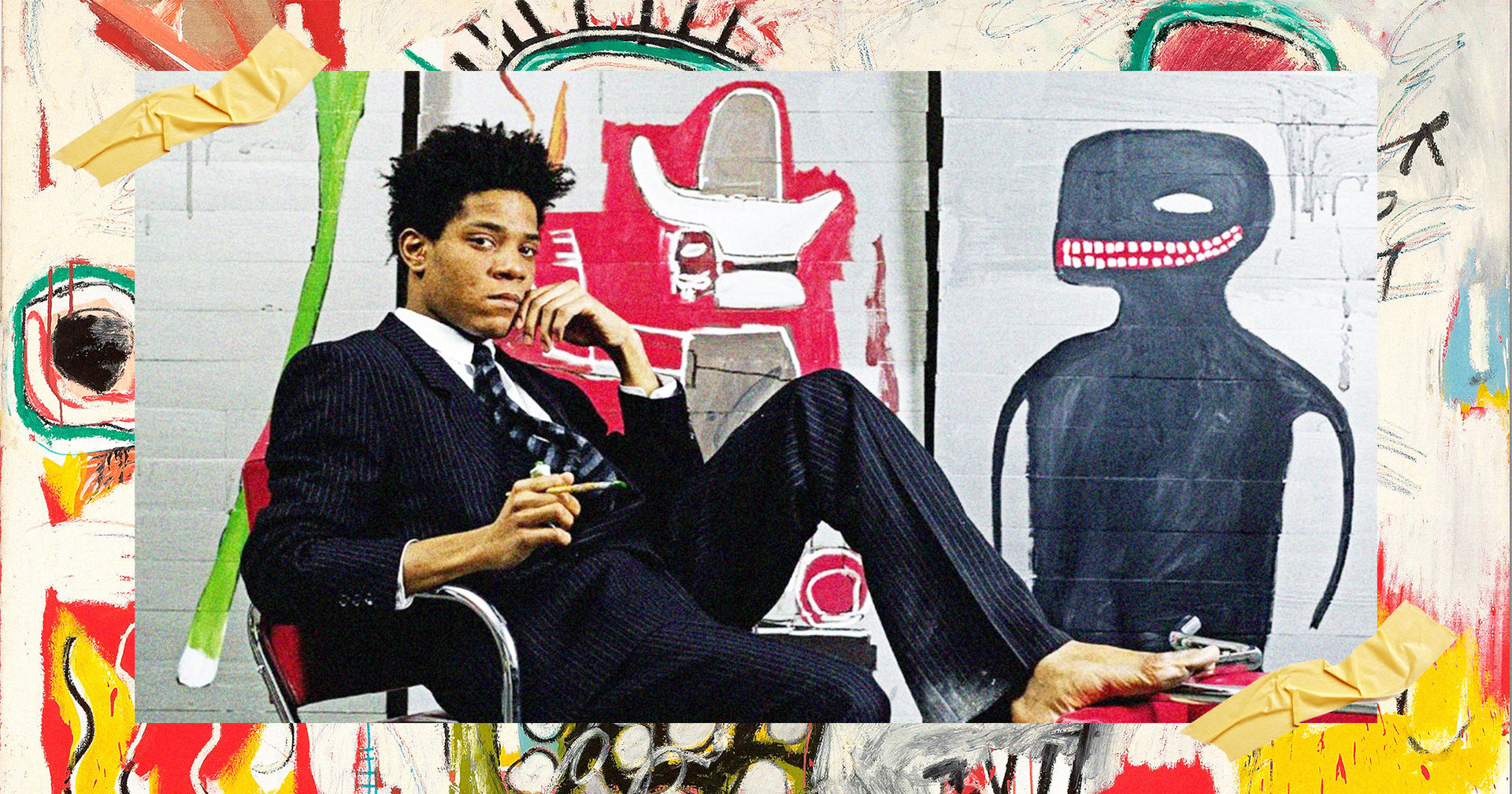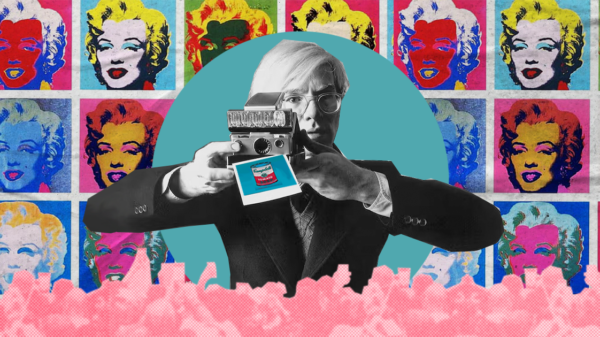We are all aware that artists have always been important members of society. These geniuses contribute to the human knowledge and impact on the trajectory of the field of art.

Jean Michel-Basquiat was a pop icon, cultural figure, graffiti artist, musician, and a neo-expressionist painter.
IN HIS EARLY LIFE
Basquiat started off his artistic career attending the prestigious Manhattan school for gifted children. He dropped out a year before the graduation and lived on the streets of New York, supporting himself by selling hand-painted T-shirts, postcards and other paraphernalia while embarking on a solo street art career.
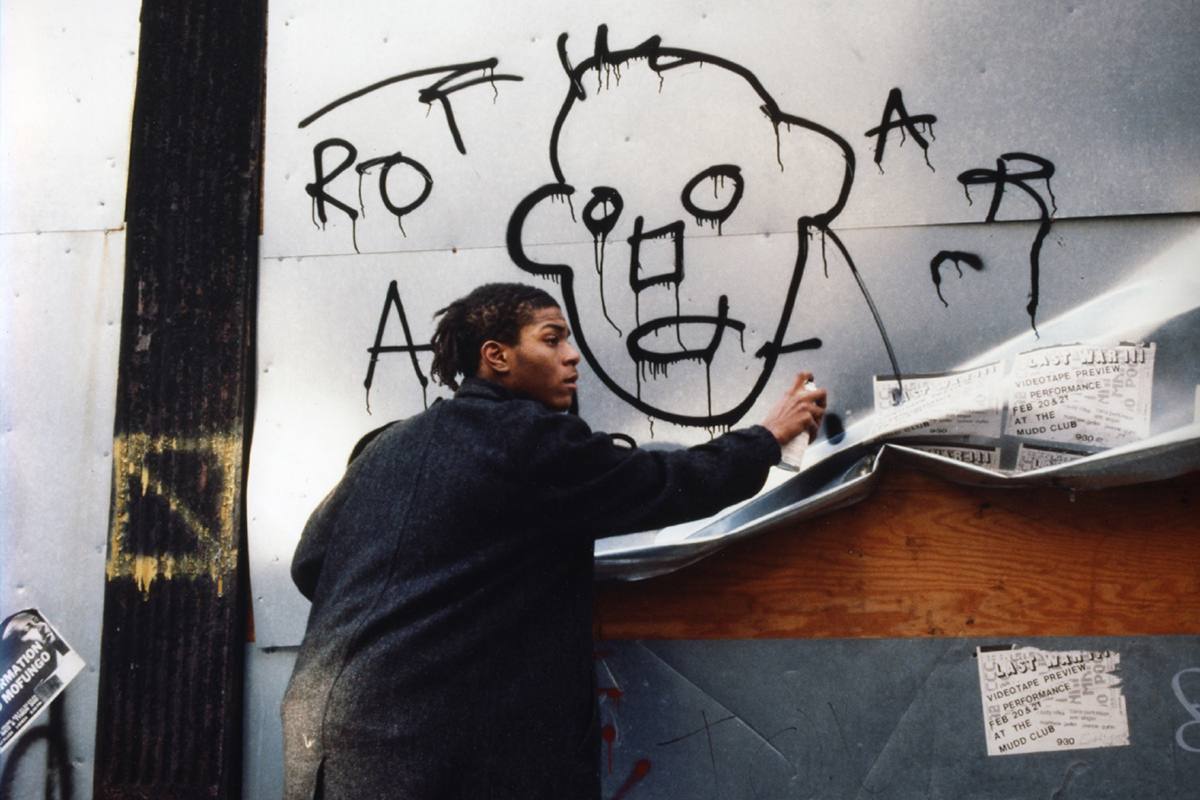

In fact, he famously sold a postcard to one of the most influential artists of all time, Andy Warhol, who later became his friend and mentor.
HIS ART LIFE
Basquiat’s work is considered to fall within the Neo-Expressionism movement. Neo-Expressionism erupted in the 1980s in reaction to minimalism and conceptual art.
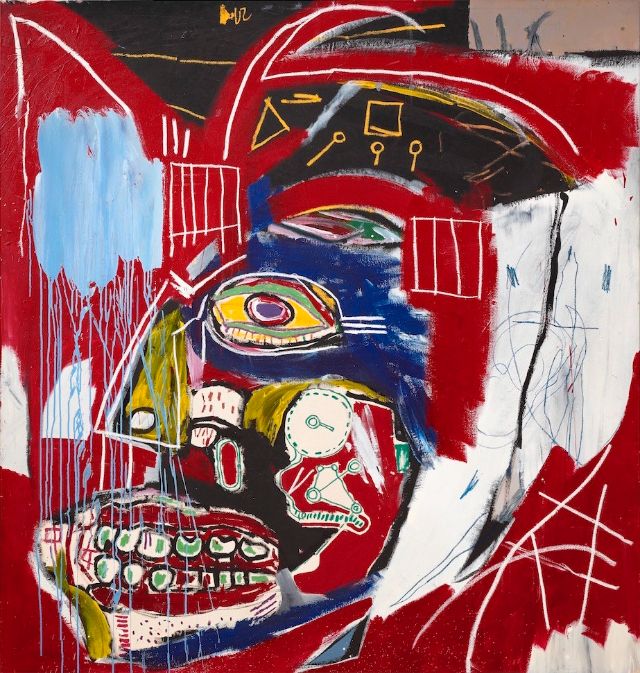
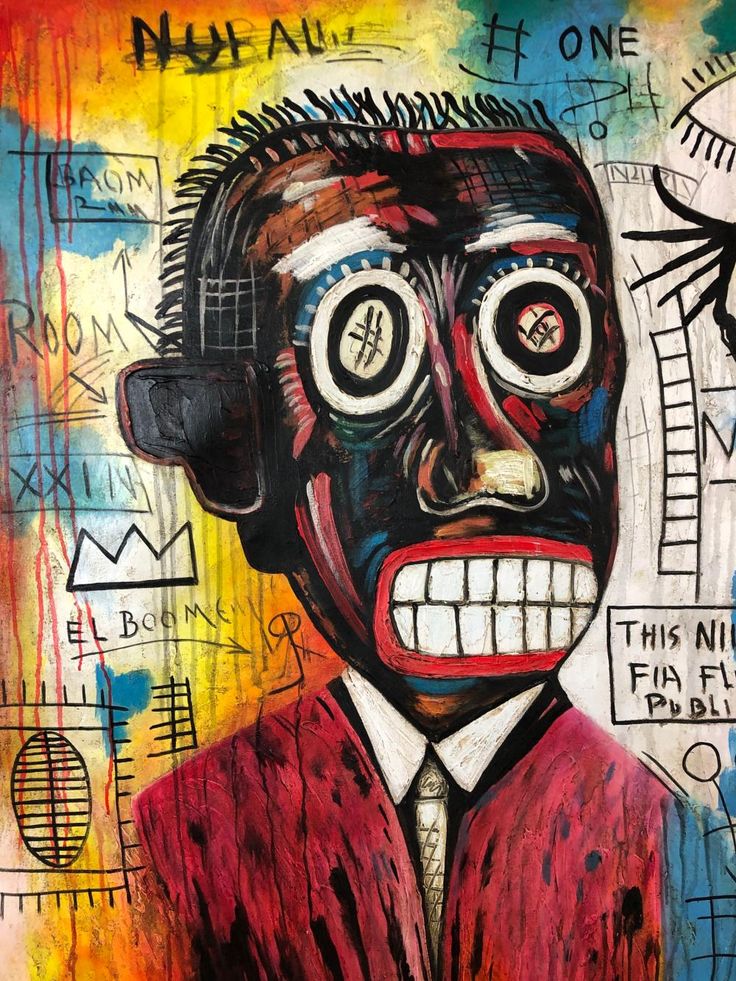
Essentially, Neo-Expressionism is characterized by a rough handling of material, which is exactly the way Basquiat approached his art. Basquiat drew inspiration from his upbringing and heritage.
ARTISTIC STYLE AND SUBSTANCE
Basquiat’s work is neo-expressionist. His work can be characterized as angry, rebellious, controversial and politically radical. The movement blew up in the 1980s, dealing with rough handling of materials in opposition to the minimalism and conceptual art prevalent in the 70s—his paintings are very simple, almost primitive-looking or child-like. However, they are rife with references, vibrancy and hidden meanings.

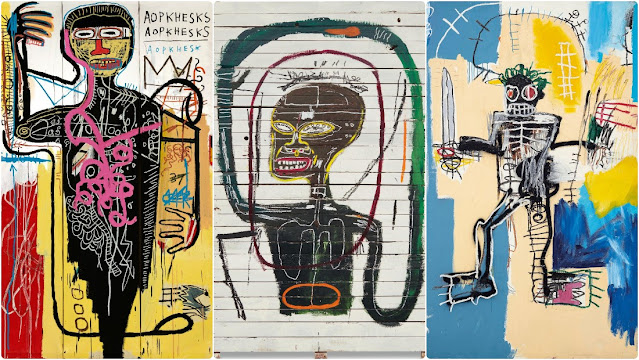
It isn’t just the messages in his paintings that are radical and thought-provoking, but also his technique and novel style which had never been seen before. his art requires a connection between himself and the viewer, making it more intimate and personal than that of many other prominent artists. Basquiat’s art references elaborate pieces from jazz, cinema, literature and television that don’t stop at the surface.
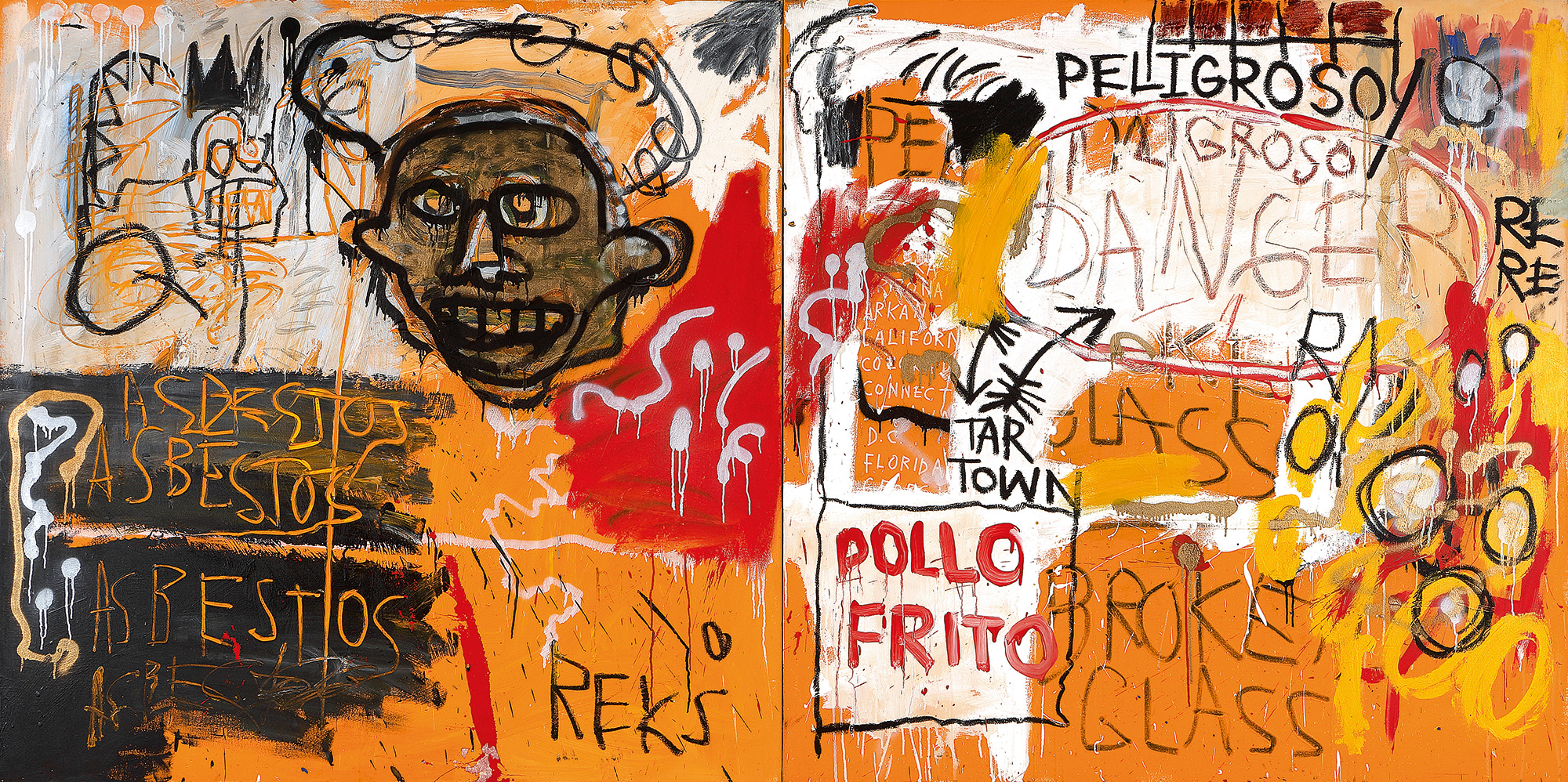

THE BASQUIAT LEGACY
History will never deny that Jean Michel-Basquiat is one of the most famous artists of his time because of his art that strikes power and electrifying personality. He was fearless, creative and driven, quickly becoming a cultural icon embodying the New York City art scene of the 1980s and beyond. His work remains especially relevant today given the social and political climates across the world. As a result, artists of all forms continue Basquiat’s commentaries on racism through their own work.
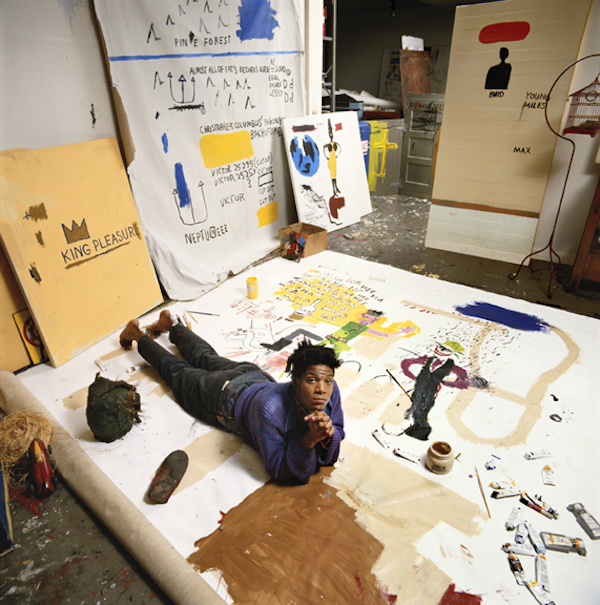
It’s not just fine art that’s been inspired by the young artist. In 2013, Jay-Z released his album, ‘Magna Carta Holy Grail’. The song, ‘Picasso Baby’, references Basquiat countless times. It’s speculated that these references are made because Jay-Z identifies with Basquiat’s rags to riches story.

In the 1970s, Basquiat began to spray painting buildings in Lower Manhattan, using the pseudonym SAMO, earning him notoriety and a certain amount of fame and also appeared on television shows in 1979. By 1982, he was regularly showing his work and had many high-profile friendships, including a brief relationship with Madonna, worked on his paintings in $1,000 dollar Armani suits, in which he would appear in public, spattered in paint. He also took shape on the cover of New York Times Magazine in 1986.



His legend lives on. On 2017, he sold an untitled painting of a skull that he made in 1982 at Sotheby auction at $110.5 million, making it the sixth most expensive artwork ever to be sold at auction, and making him the most expensive US artist in history.





